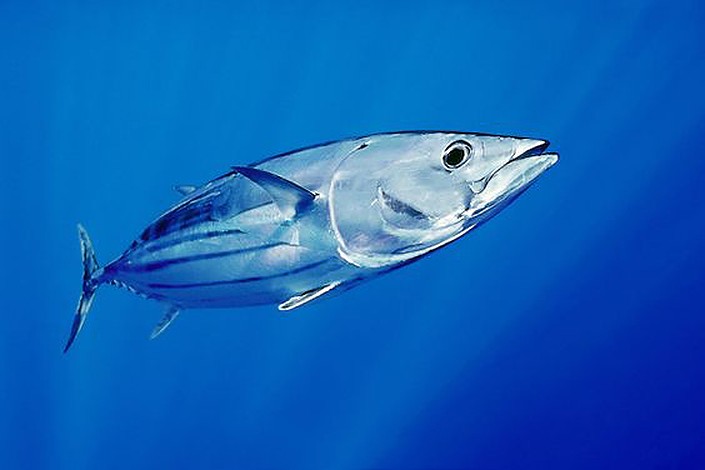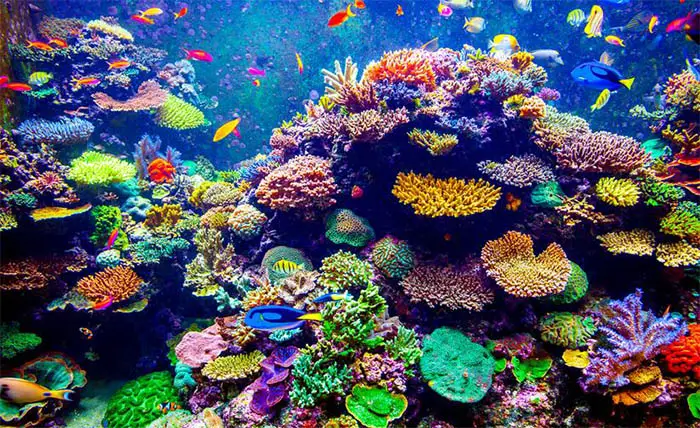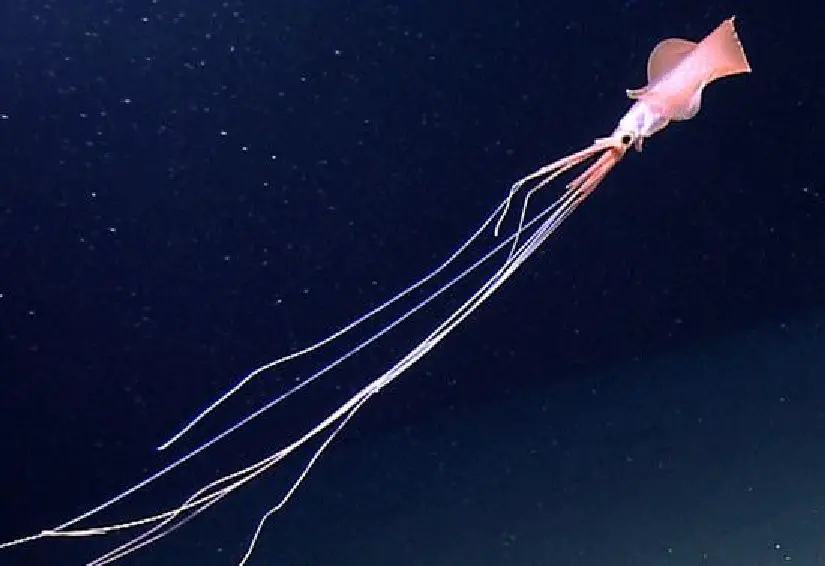Ocean water is one of the world’s most intriguing and abundant substances. It consists of saline water. Seawater has a very special chemical, physical, and biological characteristics. Physical properties, chemical composition, and biological conditions of ocean water are the essential aspects that need to be focused to understand the role of ocean water in the hydrosphere of earth. The other things that matter includes temperature distribution, salinity and density of oceans.
The ocean water plays an important role in the climate system as it can absorb and reflect the sunlight. It can also store and then transport the heat. Ocean water is also responsible for providing atmospheric water vapor and for the exchange of gases with the atmosphere. (1)
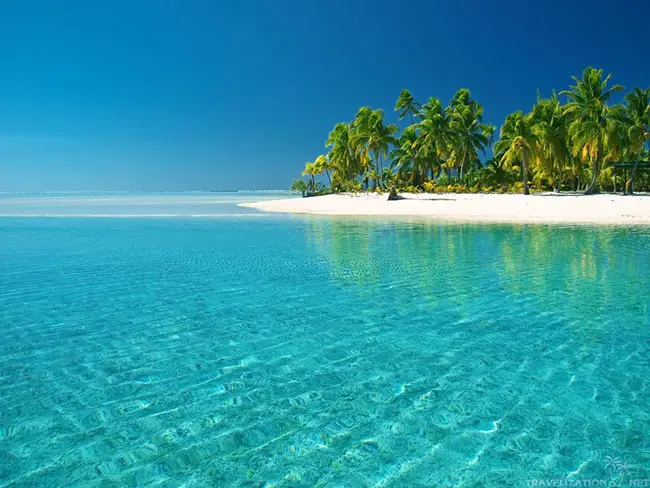
In Eastern Gulf of Finland, and the northern part of the Gulf of Bothnia, both part of the Baltic Sea is the world’s freshest (least salinity) marine water. The red sea is the most saline open sea, where there is a high rate of evaporation due to confined circulation and high temperature. (2). Ocean and ocean water, which covers more than 70 % of the Earth ‘s surface. Seawater is a dynamic mixture of 96.5% water, 2.5% salts, and fewer chemicals, including inorganic, organic, liquid compounds, particulates, and a few natural gasses. (3)
Composition of ocean water
| Symbol | Name | % of mmoles total | Gms/kg |
| Cl | Chloride | 55.29 | 19.35 |
| Na | Sodium | 30.74 | 10.76 |
| Mg | Magnesium | 3.69 | 1.29 |
| SO4 | Sulphate | 7.75 | 2.71 |
| Ca | Calcium | 1.18 | 0.41 |
| K | potassium | 1.14 | 0.39 |
Seawater is water from a sea or ocean. On average, ocean water in the world’s oceans has a salinity of about 3.5% (35 g/L, 599mM). Which means that every kilogram (roughly 1L by volume) of seawater has approximately 35 g (1.2 oz) of dissolved salts, predominantly sodium (Na+) and chloride (Cl-) ions. Average density at the surface is 1.025 kg/L. Seawater is denser than both freshwater and pure water (density 1.0 kg/L at 4°C (39°F)) because the dissolved salts increase the mass by a larger proportion than the volume. The freezing point of seawater decreases as salt concentration increases. At typical salinity, it freezes at about -2°C (28°F). (4)
Although 35 parts per thousand are not very dense in the oceans the water tastes very salty. The remarkable thing about this salt is that it always contains the same kinds of salt (even though the salinity is different from the average) and is always the same in proportion to one another. Part of the salt is similar to table salt (sodium chloride), but other salts are also present. (5)
Owing to multiple causes, differences in ocean salinity exist. Relative evaporation or precipitation in a region is the most important aspect. When evaporation is lower than runoff, salinity is higher (since salt is not evaporated into the atmosphere). When there is more runoff than evaporation, salinity should decline. A very wide river emptying into the ocean is a further aspect which will alter the salinity of the water. The discharge in most small rivers and streams is easily combined by streams with saltwater and has little effect on salinity.
Properties
The Ocean water temperature varies based on how much sun light reaches the area. It includes the length and angle of the light of the sun. The more time the sun’s rays pass over the surface, the higher the ocean water’s temperature. Therefore, tropical zones which get more daylight during the year and more intense daylight have cooler surface waters than polar ones which do not get sunshine at all for many months per year, accompanied by very high angles of sunlight. (6)
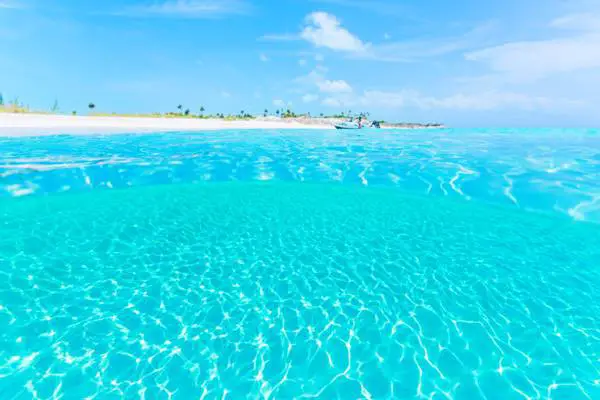
Marine organisms are affected by the temperature of the seaside by changing their cell reaction rate. Although there is a different temperature spectrum for any animal, the quicker the reactions the colder the water becomes, the hotter the water the longer the reactions. In order to regulate their internal body temperatures, the organism’s response to water temperature is called cold-blooded (or poikilothermic) or warm-blooded (homeothermic).
When an animal is taken out of the range of temperature resistance, they will die in a very little period, while colder side temperatures can be more readily handled by animals than warmer side temperatures, since the cell reactions slow down even in cold weather but can rise by six times the usual heat rates by 10 degrees C. Marine photosynthesis organisms are the highest oxygen supplier to the atmosphere. So it responsible for the existence of terrestrial life as well.
The water density is determined by temperature, salinity and pressure. In layering the ocean water (more concentrated water sinks), large water masses of various densities are critical. Water is less concentrated as the temperature increases. Water gets denser as salinity increases and also gets denser as the pressure increases. A deep and cold weight of water is very dense, while the warm and less saline water is less dense. The denser water mass slips under the less dense mass as large water volumes of varying densities cross. Therefore, these density responses are the source of certain models of deep ocean circulation. (7)
References
- Balasubramanian, A., 2011. Properties of Seawater-Documentary. 10.13140/RG.2.2.14014.48969.
- Daoliang Li and Shuangyin Liu, 2019. Water Quality Monitoring and Management Basis, Technology and Case Studies, 233-249.
- Robert Howard Byrne, Alyn C. Duxbury, 2018. Ocean water, Encyclopedia Britannica.
- Li, D., & Liu, S. (2019). Seawater Quality Detection. Water Quality Monitoring and Management, 233–249.
- Genny Anderson, 2008. Seawater composition.
- Balasubramanian, A. (2013). Seawater and its Properties.
- James Murray, 2004. Major Ions of Seawater, Univ. Washington

